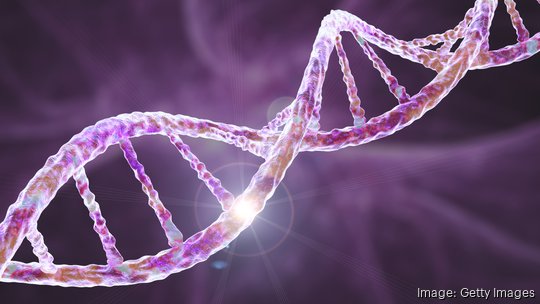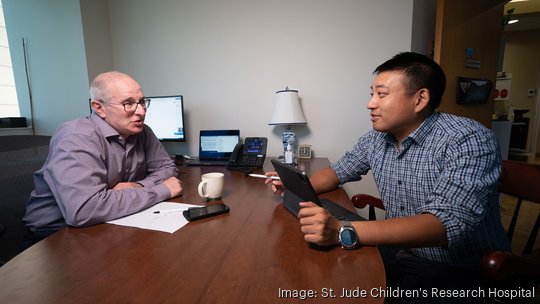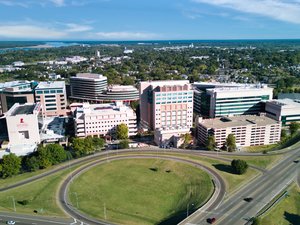
Millions of people are afflicted with the debilitating effects of sickle cell disease, which predominately affects individuals of African descent. In a metro that is majority Black, like Memphis, such a disease is life-altering for thousands of patients and their families.
St. Jude Children's Research Hospital announced today, April 17, a "potentially curative approach" where the hospital's researchers, in conjunction with the Broad Institute of MIT and Harvard, showed that a type of precise gene editing called prime editing could convert the sickle cell mutation into a normal DNA sequence in mice. Findings from the study in mice, which restored normal blood parameters, was published in the peer-reviewed journal Nature Biomedical Engineering.
“Prime editing is a promising approach because, in theory, we can directly correct disease mutations to specific healthy DNA sequences of our choosing,” the study's co-corresponding author Jonathan Yen, Ph.D., who is director of Therapeutic Genome Engineering at St. Jude, said in a press release. “We optimized prime editing in long-term blood stem cells and showed that the prime editing cells maintain full engraftment efficiency in an animal with a clinically relevant system.”

The prime editing process was able to find the mutation that causes sickle cell disease with a high degree of specificity and replace it with a variant of healthy DNA carried by most humans.
“These results show efficient prime editing of blood stem cells and that the prime-edited cells maintain their full ability to engraft and repopulate the bone marrow of an animal,” senior and co-corresponding author David Liu, Ph.D., a professor at Broad Institute of MIT and Harvard, whose lab invented prime editing in 2019, said in the release. “Bringing the ‘search-and-replace’ versatility of prime editing to blood stem cells raises the possibility of applying this technology to treat a wide range of diseases involving blood cells.”
Research has shown that editing more than 20% of cells can translate to therapeutic benefits. The prime editing for sickle cell resulted in up to a 41% conversion of blood stem cells in sickle cell patients. In mice, normal hemoglobin production was present in nearly half of circulating red blood cells, in some cases, up to 17 weeks later.
“Because of its unique versatility, prime editing has the potential to cure many more genetic diseases,” Yen said. “It will be a challenge to get to the clinic. It will require extensive manufacturing development, process optimization, and safety assessment. But the proof of concept is there. Our work now opens the door to developing cures for many hematological diseases.”









